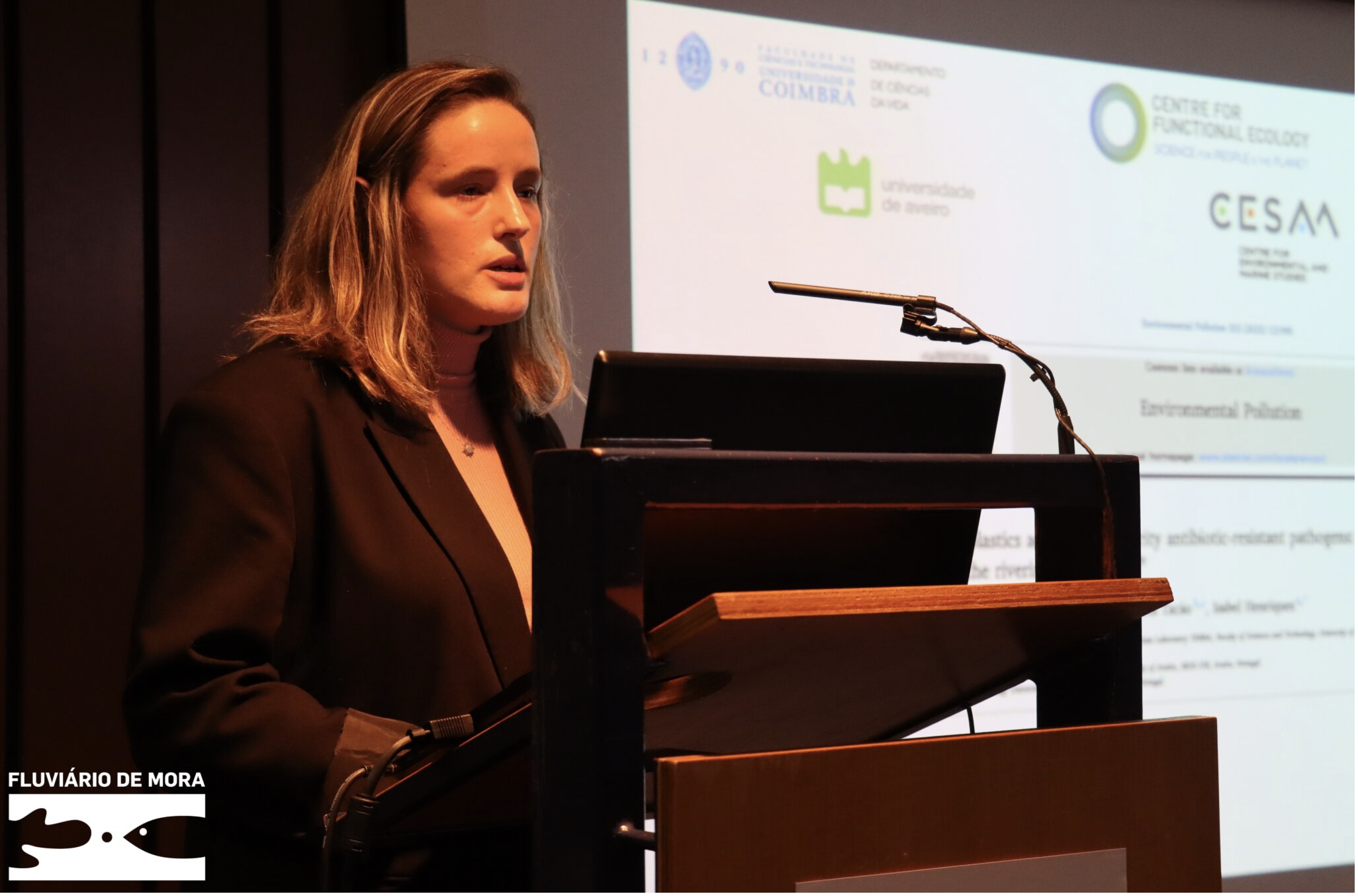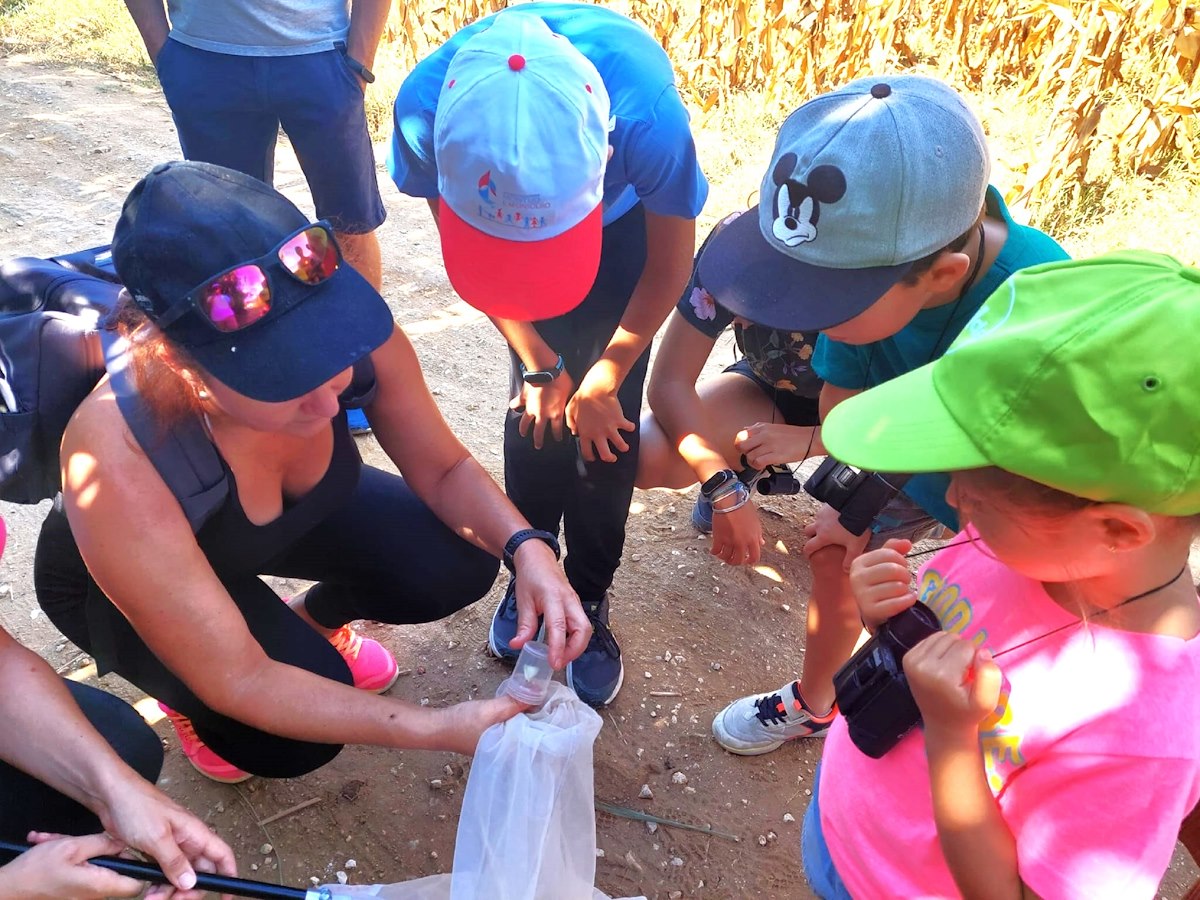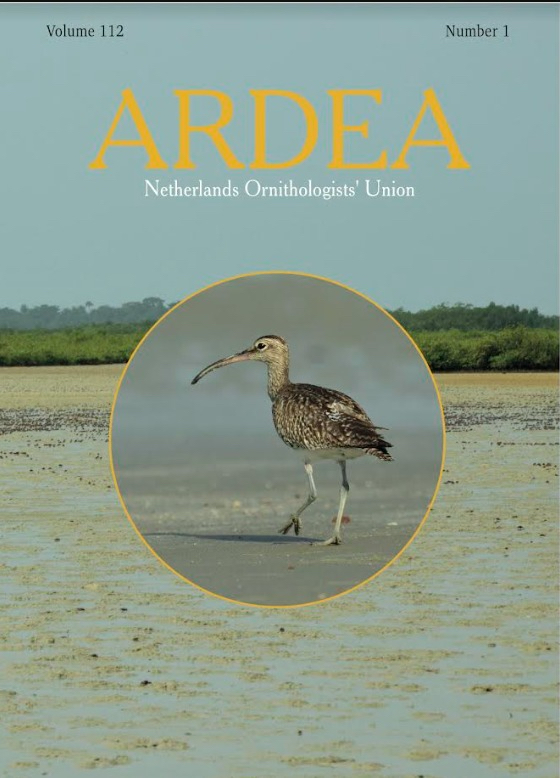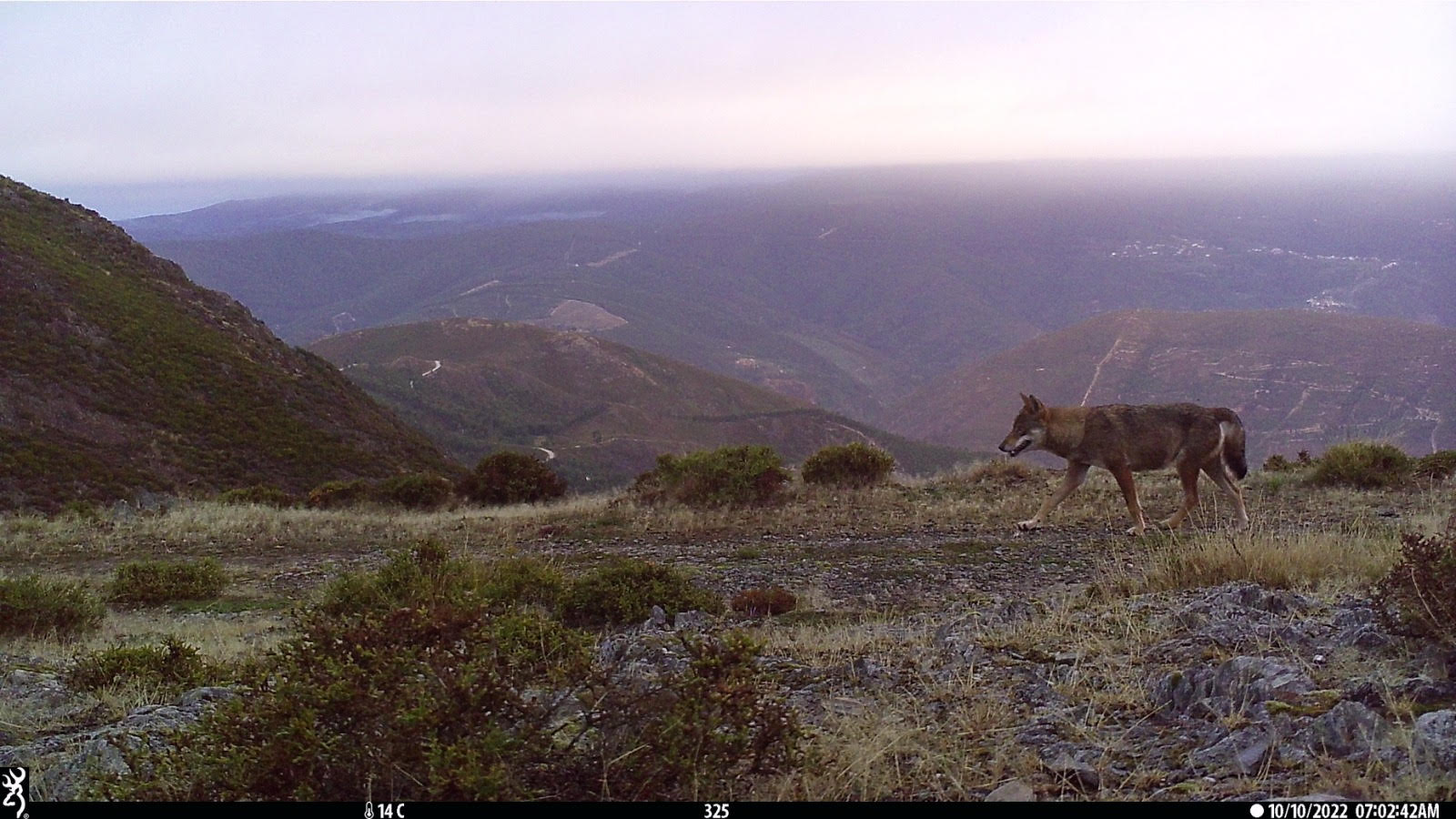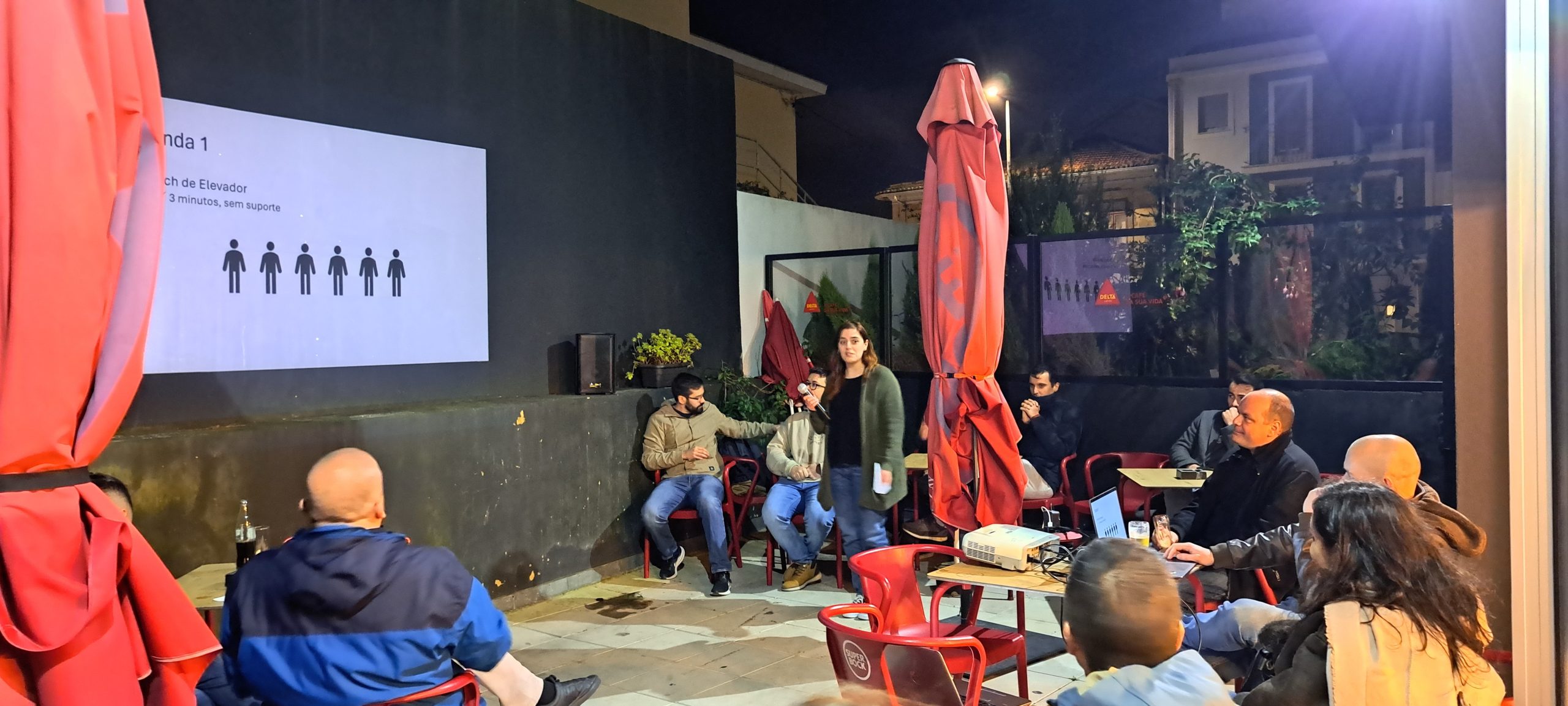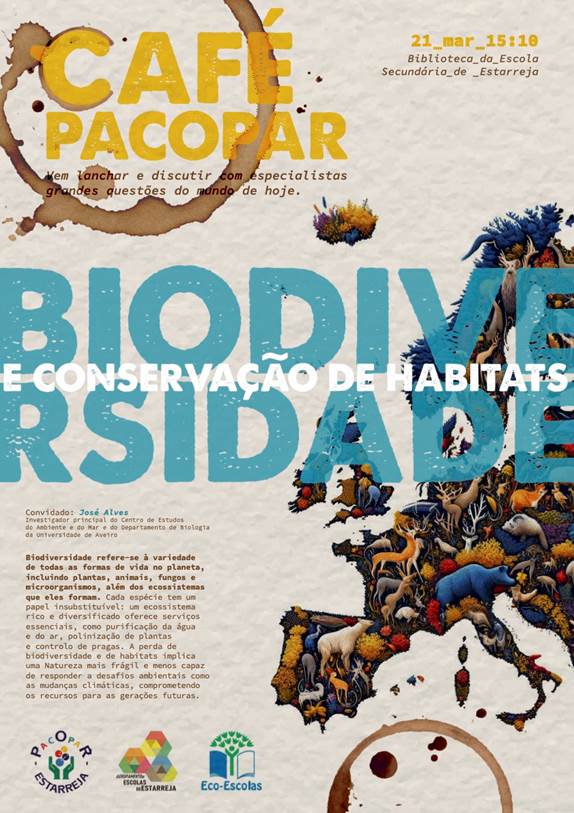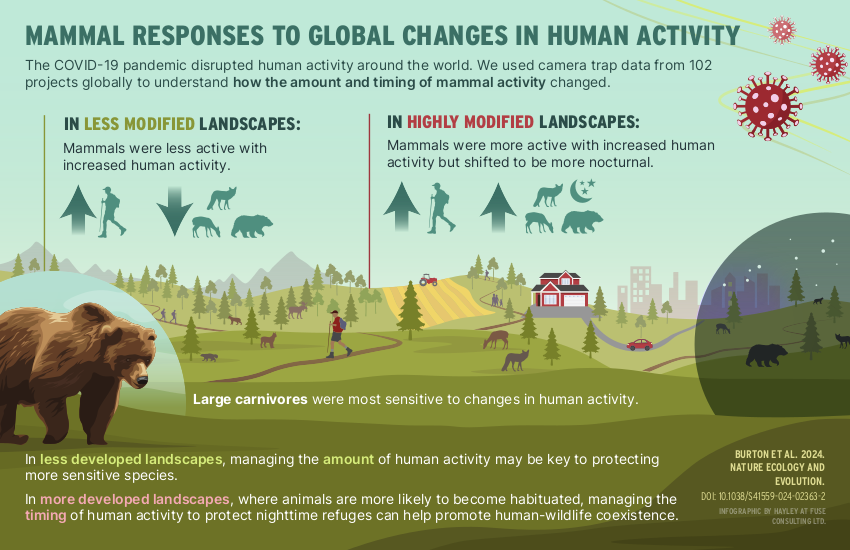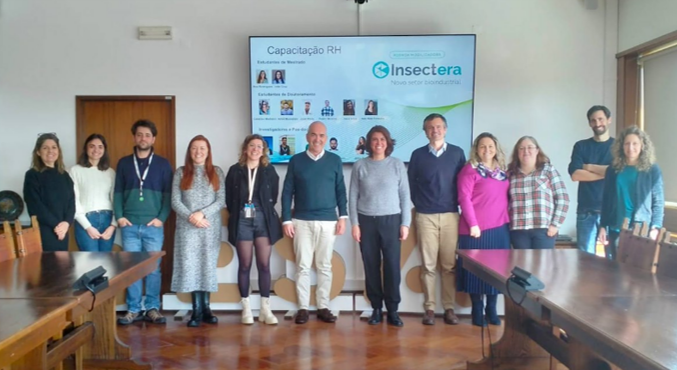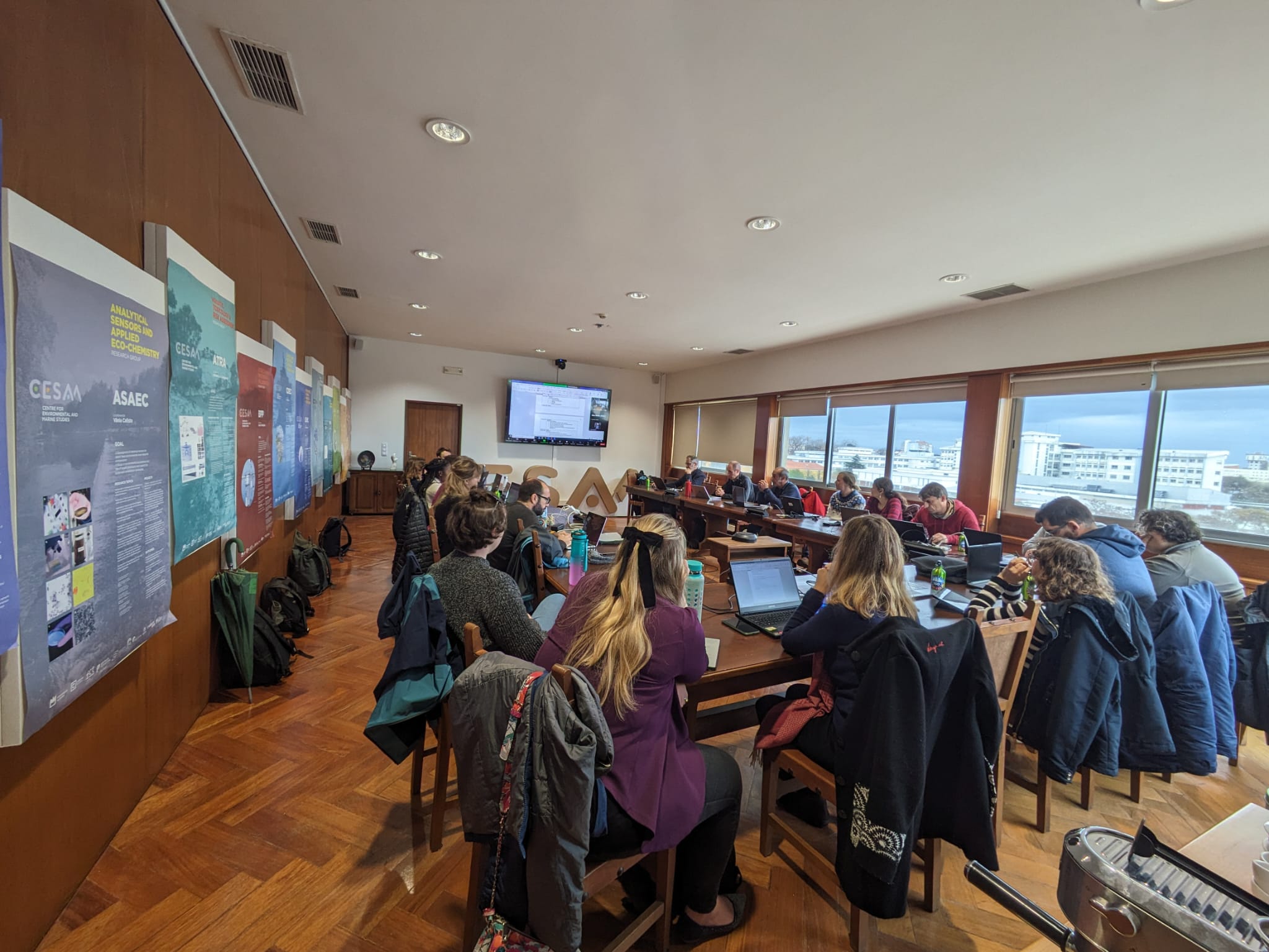Sensibilizar os jovens para a necessidade de proteger a biodiversidade de insetos polinizadores. Este é o grande objetivo do projeto de ciência-cidadã “Be Butterfly Friendly” que está a arrancar em 15 escolas do 1º e 2º ciclos do concelho de Oeiras. O projeto é coordenado por Clarisse Ferreira, estudante de Doutoramento em Biologia da Universidade de Aveiro (UA).
O objetivo central deste projeto, que se pretende que possa ser alargado ao resto do país, é, assim, a sensibilização para a proteção e conservação das borboletas e de outros polinizadores, reconhecendo a sua importância, causas e consequências do seu declínio, recorrendo a recursos como saídas de campo, visitas exploratórias e atividades de sementeira e plantação nas hortas pedagógicas e biológicas, como estratégias na promoção de Educação e Sensibilização Ambiental.
Até agora, são 15 as escolas aderentes que possuem hortas biológicas escolares integradas no projeto “Aqui há Horta” da Câmara Municipal de Oeiras, Divisão do Ambiente e às quais estão a ser atribuídas sementes de espécies de plantas para a criação de Jardins de Borboletas. O projeto, que arrancou já com o início do 2º semestre deste ano letivo e que decorrerá até ao final deste ano letivo de 2023/2024 no município piloto, Oeiras, pretendendo-se que possa ser depois alargado a outras escolas do país.
O “Be Butterfly Friendly” surge no âmbito da tese de doutoramento de Clarisse Ferreira, orientada na UA pela investigadora Olga Ameixa e pelo professor Paulo Silveira, ambos do Departamento de Biologia e do Centro de Estudos do Ambiente e do Mar, uma das unidades de investigação da UA.
Em declínio preocupante
“As borboletas, são insetos bastante populares, relativamente fáceis de identificar, sendo, por isso, muito estudados”, aponta Clarisse Ferreira. “À semelhança de outros grupos, as suas populações têm vindo a diminuir, devido sobretudo à perda e fragmentação dos seus habitats, ao uso de pesticidas e às alterações climáticas. Um declínio que pode ter consequências nos serviços de polinização e logo na manutenção dos ecossistemas naturais e na produção de alimentos”, aponta.
A borboleta Melitaea aetherie, ou fritilária-do-Sul, é a espécie bandeira deste projeto. Esta espécie está considerada localmente extinta no município de Oeiras e está classificada como “vulnerável” pela “Lista Vermelha de Grupos de Invertebrados Terrestres e de Água Doce de Portugal Continental”, publicada em 2023. A borboleta alimenta-se do cardo, Cynara cardunculus, também conhecido por cardo leiteiro. Na primeira visita às escolas já foram entregues cardos, Cynara cardunculus, recolhidos no vale de Beijames e cedidos pela ASE – Associação Cultural dos amigos da serra da Estrela.
“Esta primavera, irão ser realizadas, pelo menos, sete saídas de campo para dar a conhecer os insetos em geral e os lepidópteros em particular da Quinta de Recreio do Marquês de Pombal”, aponta Clarisse Ferreira. Esta ação conta com o apoio da Divisão de Educação e Ambiente da Câmara Municipal de Oeiras, através da plataforma “OeirasEduca”, para transportar os alunos das escolas até à Quinta de Cima, à Quinta de Recreio do Marquês de Pombal e à Ribeira da Lage, bem como na disponibilização de um espaço do município para a realização da Exposição dos trabalhos dos alunos a concurso.
O projeto é partilhado pelo Clube de Ciência Viva na Escola Secundária Quinta do Marquês, e pela Associação Portuguesa de Educação Ambiental (ASPEA) e ganhou uma bolsa no valor de 1379 euros, atribuída pela “Forestry and Nature Conservation Agency de Taiwan”, uma organização do Ministério da Agricultura de Taiwan dedicado à gestão florestal sustentável e à conservação da natureza.
Este apoio, foi formalizado no dia 11 de outubro de 2023 na presença do Embaixador Chang, Tsung-Che e do Vice-presidente e Presidente da ASPEA – Joaquim Ramos Pinto, no Centro Económico e Cultural de Taipei, em Lisboa.
[Texto da notícia no site da UA, em https://www.ua.pt/pt/noticias/9/86173]
